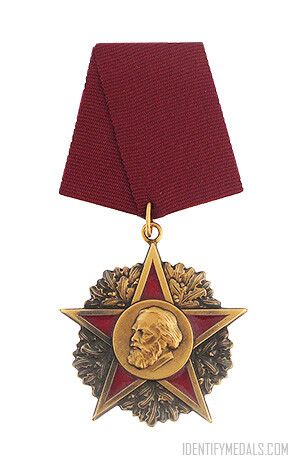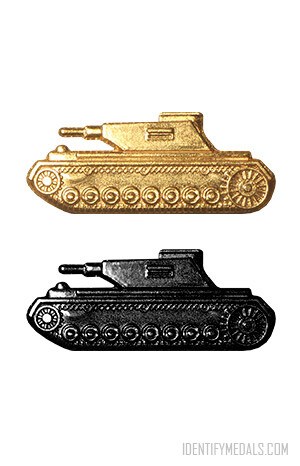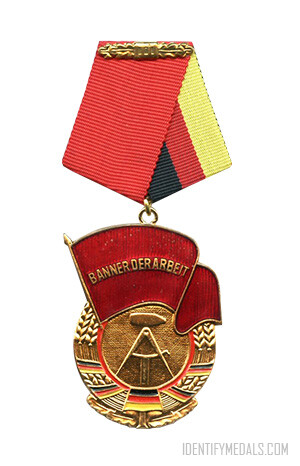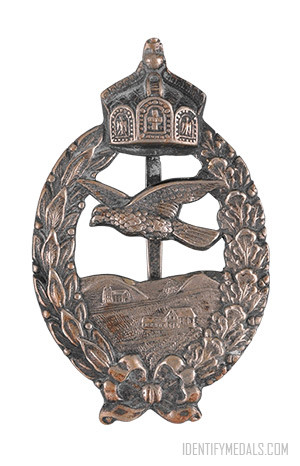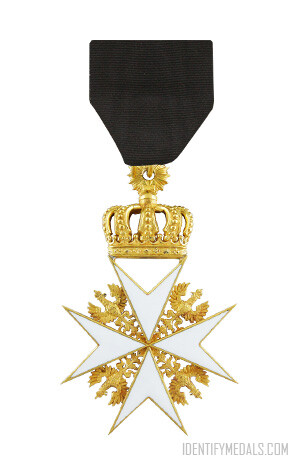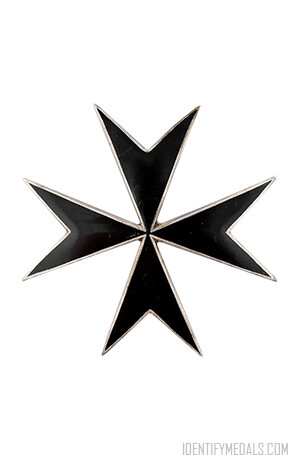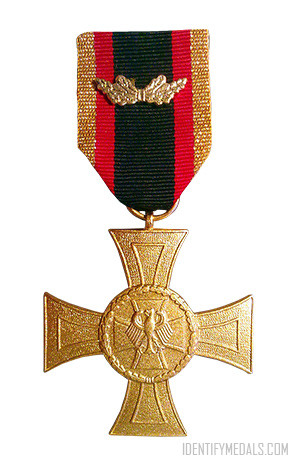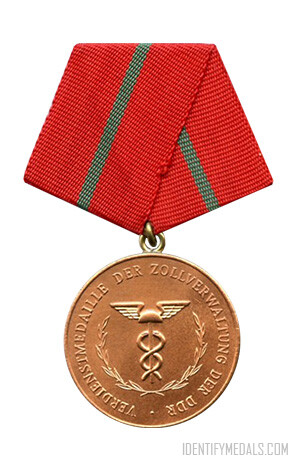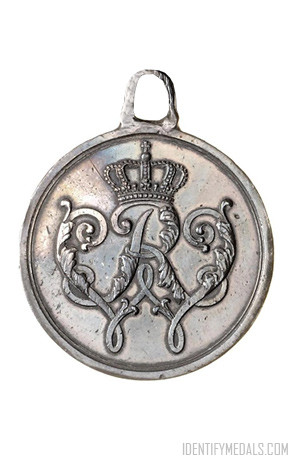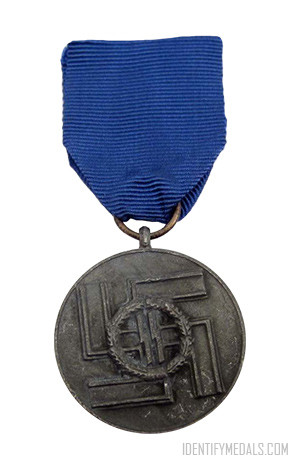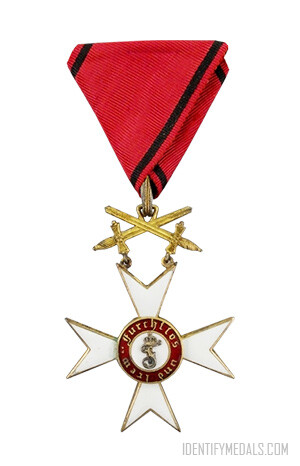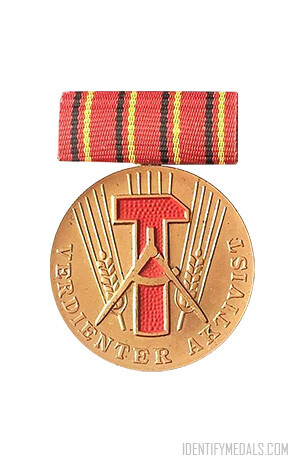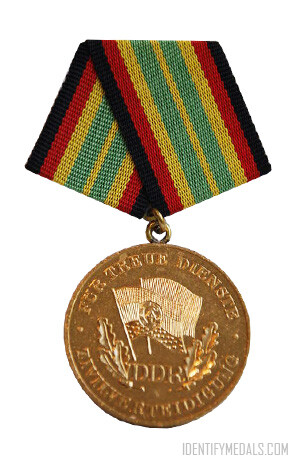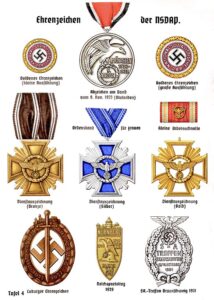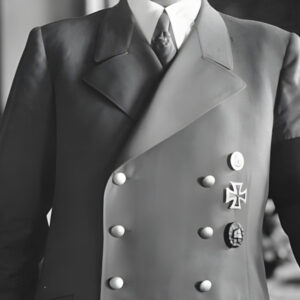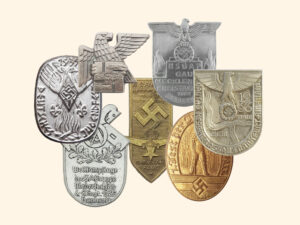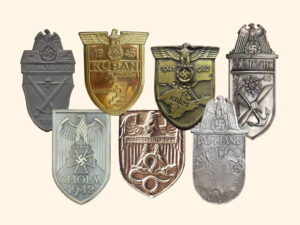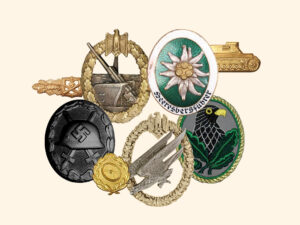- Time Period: Post-WW2
- Institution: 5 May 1953
- Country: Germany (GDR DDR German Democratic Republic)
The Order of Karl Marx (or Karl-Marx-Orden in German) held the distinction of being the most prestigious decoration in the German Democratic Republic (GDR).
Instituted on May 5, 1953, to commemorate the 135th anniversary of Karl Marx’s birth, this honor marked the “Karl Marx Year” in East Germany and was established based on the recommendation of the GDR Council of Ministers. Recipients of the Order of Karl Marx not only received the medal but were also awarded a monetary prize of 20,000 East German marks, emphasizing the significant recognition associated with this award.
In essence, the Order of Karl Marx served as a powerful emblem of recognition for outstanding service and contributions to the socialist cause, both within the GDR and internationally, embodying the values and aspirations of the East German state.
The Order of Karl Marx Criteria
The medal was bestowed upon individuals, enterprises, organizations, and military groups that demonstrated exceptional merit in various fields such as ideology, culture, economy, and beyond. Not limited to East German citizens, the order could also be conferred upon foreign nationals, reflecting its international prestige and the GDR’s effort to acknowledge global contributions to socialism and related fields.
The Order of Karl Marx Medal Design
The DDR Order of Karl Marx featured a red enameled five-pointed gold star with oak leaves between the points.
At the center of the star and in the obverse, a gold bust of Karl Marx was prominently displayed on a round gold plaque.
The reverse side of the medal bore either the gold content number or the award number, ensuring authenticity and traceability. This meticulous design symbolized the honor and esteem associated with the award, drawing parallels with the Soviet Order of the October Revolution, but replacing the cruiser “Aurora” with the iconic image of Karl Marx.
The medal was mounted on a plain red ribbon, adhering to the standard East Bloc pentagonal pattern, and the ribbon bar featured a central gold “oak leaf” motif.

